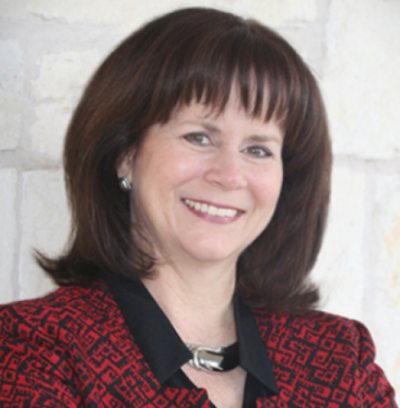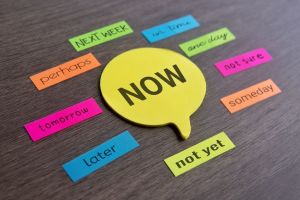5 ways to spot fake ‘facts’

As Americans seek to be accurately informed, how does one protect themselves from believing and spreading false information? And how can one consistently spot the truth amidst an abundance of error?
With citizens struggling to find trusted media sources, the need for truth has never been greater. A recent Gallup Poll showed that only 9% of Americans trust the media “a great deal,” while 60% “have little to no trust” in the media to report in an unbiased manner.
As our team of researchers at iVoterGuide provide analysis for thousands of candidates in thousands of races across the country, this is something we think about all the time. I wanted to share five practical tools our team uses to spot fake “facts.” These tips can be used when evaluating the flood of information and misinformation flowing into your life every day:
Recognize the difference between original sources vs. news or commentary. News reports, “fact checks,” editorials, and statements made by an individual are interpretations of an original source. For example, a certain law may be described as either “suppressing voting rights” or “protecting against voter fraud”. How are the words influencing your perspective?
Check original sources, if possible. These are sources referenced by the news article, commentary, or individual. In the example above, reading the original source (the law itself) will tell you what the law actually accomplishes. If you can’t conveniently get the original, just remember you are working off of someone’s interpretation.
Check and compare multiple sources of information. Contrast an individual’s statement on social media to a news report on the same subject. Compare news sources with differing perspectives. Proverbs 18:17 says, “The one who states his case first seems right, until the other comes and examines him.”
Ask probing questions, even from sources you personally trust. For example:
- What makes this person/source an authority on the subject/issue?
- What are their sources? Are they quoting eyewitness accounts, original source documents, or simply another news agency?
- Does the evidence justify their statements? This is very important when the author makes assumptions about a person’s motives or character.
- Are they accountable to anyone for their accuracy? For example, a news reporter must comply with the journalistic standards of their news agency, in contrast to an independent blogger. However, it’s worth asking if the news agency is itself a reliable watchdog these days.
- Am I being presented with the whole picture/video/story? Has anything been edited out? Is a quote being taken out of context?
- When was this written? Is the information up to date? Is it still too early to confidently know the details?
Be mindful of your emotions. Even if the story or statement confirms your beliefs, it deserves an accuracy check before sharing. In opinion pieces, fundraising emails, or social media posts, both the Left and the Right can succumb to exaggerating facts in order to spur action. In addition, our fast-paced culture breeds impulsive decisions. Intentionally avoiding a reaction based on anger or fear, however, can greatly protect your integrity.
With a personal commitment to integrity and accountability to truth, you can avoid spreading falsehood and, most rewarding, discover the truth. In our present culture, those who know and spread truth are like welcome beacons of light to other truth seekers—and lighthouses to keep unwary citizens from dangerous rocks of deception.
At iVoterGuide our motto is, “Grounded in God, Rooted in Research.” God provides the basis for our commitment to careful, accurate research. In Exodus 23:1 He commands, “You shall not spread a false report.” Therefore, amplifying false reports can often negatively impact an individual’s life and affect the laws governing our society. We should always strive to be careful and meticulous with what we publish in the public square.
I hope these tips are helpful as so many Americans seek to find, know, and share truth.
Debbie Wuthnow is the president of iVoterGuide and a member of the Board of Directors. She joined iVoterGuide in 2011 as a data analyst and was named president in 2018. Since assuming a leadership role, she led the organization to grow from 12 to 40 partners and to reach over 1 million voters nationwide in 2018. iVoterGuide has researched over 24,000 candidates in more than 11,000 races and offers sample ballots, voting information and candidate evaluations. From election dates to voter registration deadlines and polling locations, iVoterGuide has resources to help turn out 2.2 million voters across all 50 states in the 2020 primary and general elections in order to restore the principles of limited government, free enterprise and traditional American values. Learn more at ivoterguide.com.




























